The latest developments in illumination, plus Jade Clark of Abacus provides a behind-the-scenes look at Kempton Park's new floodlighting system
The jewel in the crown of Kempton Park racecourse's redevelopment was the creation of a state-of-the-art all-weather racetrack, capable of accommodating races at any time of day or night throughout the year regardless of weather conditions.
Floodlighting challenge
Key to the success of this scheme was the design and installation of the course floodlighting. The entire racetrack, parade ring, saddling enclosure and horse walk have all been floodlit. The challenge for Abacus, the scheme's lighting designers and suppliers, was to devise a scheme providing enough light to meet the exacting requirements of the TV production companies but also comply with the onerous planners' requirements to minimise light pollution.
The lighting specification was co-developed with Racetech. Overall lighting levels were set at 750 lux for the racetrack and 2000 lux across the finishing line to facilitate a photo-finish.
Designing the scheme to achieve the outlined lighting specification to accommodate the TV cameras was relatively straightforward compared with the challenge of creating a system that could comply with local government planning guidelines.
The sensitivity of the local environment meant that a crucial aspect of the lighting specification was the ability to dim floodlighting to 30% of original lighting levels between races. The planners also required the floodlight masts to be lowered after each meeting to ensure minimal visual impact on the environment.
Dimming the floodlighting to 30% of the original lighting level was achieved by fitting a twin ballast arrangement with a switching mechanism to several mast locations in strategic locations of the course. As well as minimising the visual impact of the scheme, this reduction in lighting levels presented significant energy savings. To enable the raising and lowering of the masts, Abacus developed a fully automated version of its base-hinged mast.
Groups of up to six masts around the course can be raised or lowered simultaneously. A programmable logic control device co-ordinates and monitors each step of the raising and lowering sequence in conjunction with positional sensors, ensuring a fail-safe operation. The design engineers could have linked all the masts together and lowered them all at once, but concerns about safety meant a strict lowering programme was implemented.
To minimise the level of light pollution, the local authorities gave the racecourse an E3 classification, using the system developed by the Institute of Lighting Engineers. This was given on the basis of the racecourse's roadside location and because existing residential lighting had already established a light presence in the area. However, because of the rural surroundings next to parts of the racecourse, Abacus chose to design the scheme to achieve the more arduous values associated with an E2 zone.
Specifics of the scheme
In total, 41 masts ranging from 12 m to 40 m have been used on the scheme. The masts support nearly 600 floodlights and are connected by 29 km of cabling. The home straight is floodlit by grandstand-mounted side lighting using floodlights mounted at 28 m, with 10 fixed masts, ranging from 27 m to 40 m. The remaining two thirds of course is floodlit by 24 raising and lowering masts, with mounting heights ranging from 27 m to 30 m.
The lighting design incorporates a UPS system to provide an emergency power supply until the back-up generator takes up the load. The emergency lighting will provide up to 10% of original lighting levels to ensure equine safety.
For the photo-finish camera, phase shift technology enabled discharge lighting to be used. This solution reduced the stroboscopic effect caused by discharge lighting, which can be detected by the ultra-sensitive photo finish camera, but not by the human eye. "This was the only solution available as the long distance from the grandstand to the track meant we couldn't use halogen floodlights, which are commonly used on other racetracks," explains Neil Johnson, Abacus' UK sports lighting manager.
Due to the sensitivity of the environment, the majority of the floodlights were fitted with half blade visors; ensuring overspill is contained as well as minimising glare to onlookers and riders - these helped achieve the E2 classification Abacus set itself.
Products
The god of luminaires?
Jordan Group has launched a range of IP65 rated luminaires called Titan for applications in the food industry, factories, plantrooms and car parks. The units have been developed for use with TL5 lamps and feature a clear polycarbonate diffuser with moulded prisms and a powder coated steel gear tray. The units are available in a number of options including a three-hour emergency version and digital dimming models and are suitable for suspended or surface mounting.
More information 174
Light on the ocean wave
A new range of LED lights for marine interiors has been developed by CML Innovative Technologies in partnership with LED Specialists. Comprising ‘Compact' and ‘Spot' models, which have a light output of 80 to 500 lumens, the range includes a compact LED reading light and a spotlight for overhead lighting. CML claims the units use very little power to increase battery life or generator running time when the boat is stationary.
More information 175
Cooper shows the waylight
New from Cooper Lighting and Security is the JSB Waylight, a combination downlight and illuminated exit sign from the same light source. Because it performs the function that would otherwise have required two luminaires, the Waylight helps minimise the total number of fittings needed and reduces installation costs.
More information 176
Architectural trio
Concord:marlin has launched a suspended high-bay luminaire for contemporary interiors called the Trio. The luminaires are particularly suited to applications such as stores and shopping malls through to stairwells and reception areas. Light source options include 70 and 150 W HIT-CE and 3x26 W TC-D. The unit's die-cast aluminum body is available in white or silver-grey paint finish with an opal glass diffuser or aluminum reflector and an optional decorative lower glass ring.
More information 177
Seeing double
WILA's Double Focus Luminaire has been designed to give high luminous intensities from a small light opening with optimum glare protection to illuminate spaces with a high ceiling such as entrances, foyers and conference rooms.
With a recess depth of 290 mm and a cut-out of 120 or 195 mm, the units incorporate a parabolic focus reflector equipped with a glare cowl to obscure the lamp and focus the light; a prism cover or safety screen can also be added. The reflectors are made of pure corrosion- and age-resistant aluminium and are equipped with either 35 W, 70 W or 150 W ceramic metal halide lamps.
More information 178
Expanding portfolio
Philips has extended its portfolio of LED luminaires for indoor and outdoor applications:
The 32 mm diameter Spot LED has been designed for accent lighting and is available either surface-mounted, recessed, track-mounted or wall-mounted.
The LEDline2 RGB/AWB is a range of linear floodlights for illuminating buildings with dynamically changing colours.
The LEDflood RGB/AWB can also be used for illuminating buildings in changing colour. This model has an adjustable beam.
Origami is an rimless lighting tile, which comes in square, circular and rectangular models which can display an unlimited range of changing colours. It is available in surface mounted, suspended and recessed versions.
More information 179
Light cubes
iGuzzini has introduced Glim Cube - a system of wall-mounted and pathway luminaires in geometrical shapes for use with LED light sources. The units have an aluminium support and base, are IP66 rated and use LED light sources to ensure the housings are small and easy to maintain.
More information 180
Aiming for a longer life
Greenstock has launched a range of compact fluorescent lamps with a guaranteed life of 48,000 hours when operated on electronic ballasts and a 12-hour switching cycle, which the manufacturer claims is three times longer than standard PLL lamps. The Aura Unique-L lamps can be used as first-fit or replacement lamps.
More information 181
Landscape lighting
Louis Poulsen has teamed up with three designers to develop a range of on-ground luminaires for landscape applications. The Pagoda (a combined seat and bollard), Volcano (an elliptical reflector) and Dot (a solid glass disc) are all designed to fit over an in-ground lamp
More information 182
Source
ÐÇ¿Õ´«Ã½ Sustainable Design

















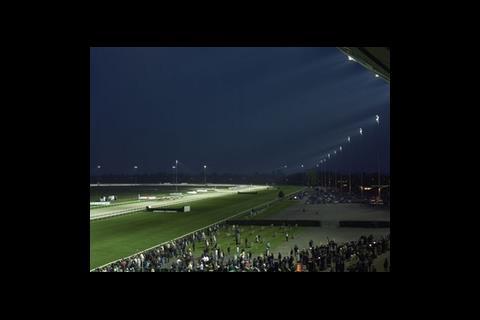
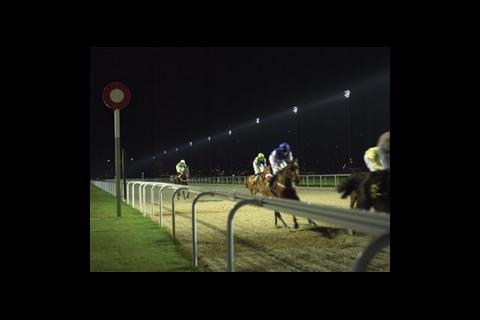
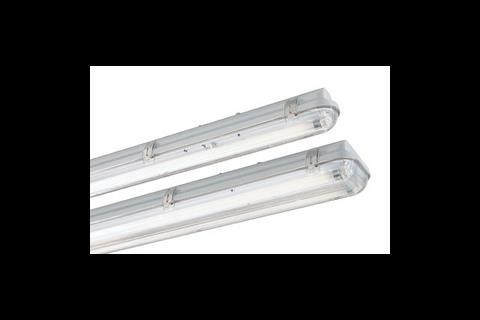

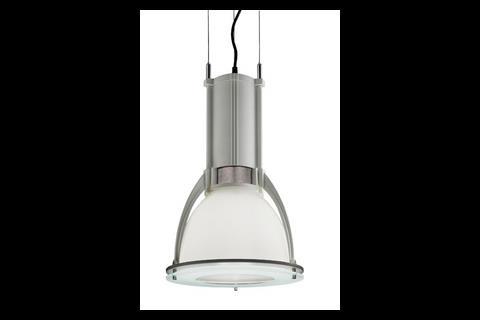
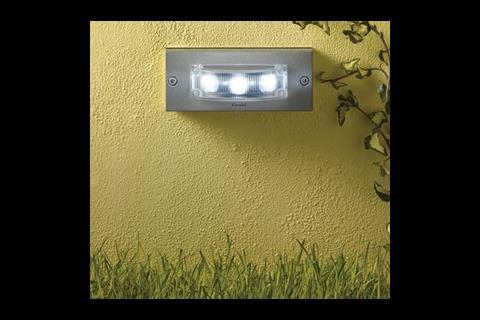
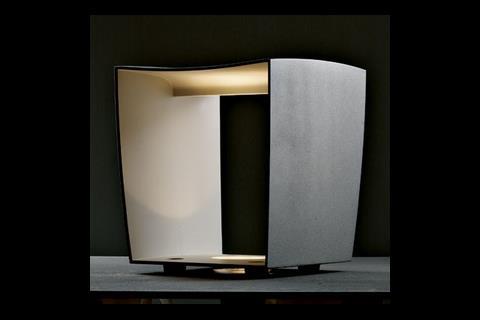
No comments yet